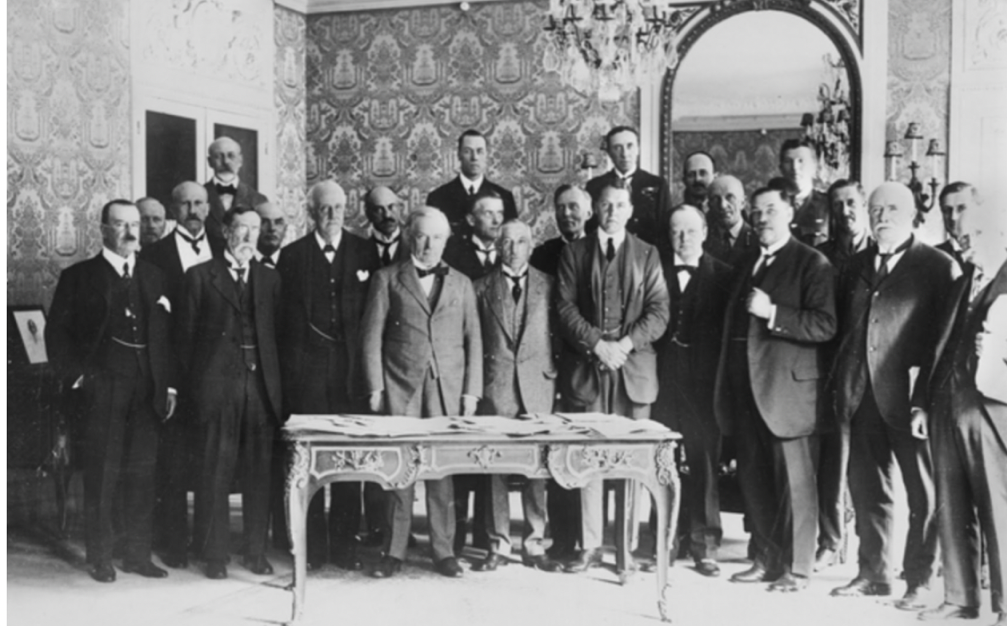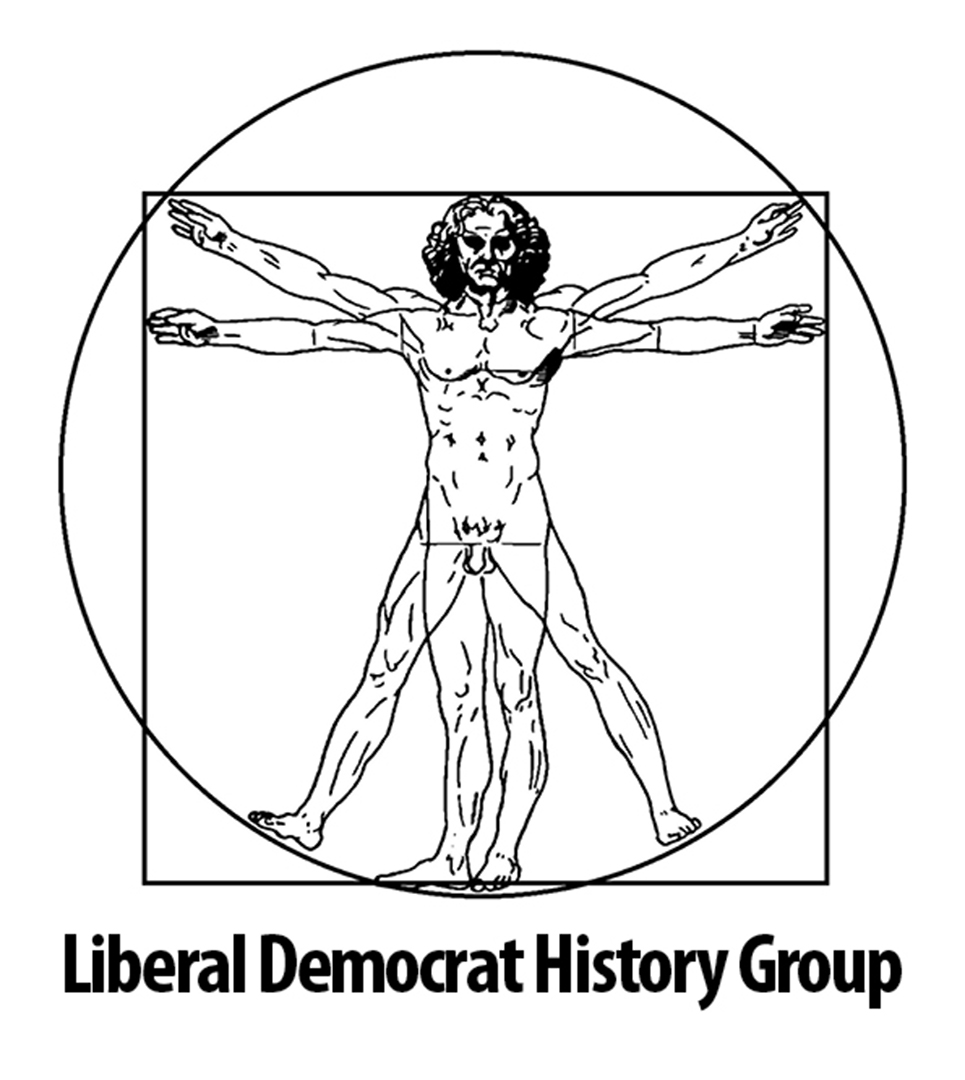Nevertheless the negotiations, however grudging and mutually suspicious and, in retrospect, sometimes laughably paranoid about detail, had become little more than a ratification of the inevitable. The seeds of merger had been planted much earlier and watered assiduously. So the negotiations were the final event in a process which stretched back to the days when the SDP was conceived, let alone born.
The key reality test was whether British politics without PR, and perhaps even with it, could support four main parties. Here it is important to identify the different strands in Liberal and SDP thinking about realignment.
David Steel, before and during his leadership, had long sought the realignment of progressive politics of which Jo Grimond had first been the standard-bearer. In the seventies he had been close to John Mackintosh with whom he had discussed this and he had always kept a shrewd weather-eye on unhappy Labour moderates. Roy Jenkins in his Dimbleby Lecture spoke of breaking the mould, relating this to PR. Other Labour moderates, motivated by pro-European and anti-left wing socialist feelings, may have been looking for a better Labour Party. Some in the Liberal Party, often from a community activist base and often also with bad experience of hegemonic Labour councils, were profoundly mistrustful of all flirtations with potential Labour defectors unless they were prepared to recant and join our ranks.
Against this background David Steel as Leader, and I, at that time Party President, kept closely in touch with the burgeoning breakaway Labour groups regarding this as a wholly positive development which we should embrace enthusiastically and shape towards the twin ends of a major realignment strengthening the non-socialist progressive forces and at the same time, helping to achieve proportional representation.
Thus, despite some hostile Liberal grumblings that the SDP should be smothered at birth, the official Liberal reaction to the launch of the SDP was one of unqualified fraternal welcome. This took some nerve in the early weeks as the new party mushroomed in the opinion polls to two or three times the Liberal share.
The immediately pressing issue became to ensure that we cooperated rather than competed, both in terms of elections fought and of policy agreement.
There were a number of seminal events on this road to cooperation. The Konigswinter Compact, drawn up by some of the delegates attending the annual Anglo-German Conference near Bonn that April including Bill Rodgers, John Roper, Shirley Williams, David Steel and myself, agreed that we should attempt to arrive at common principal policies, and not fight each other in Parliamentary elections. David Owen regarded this as the moment of historic betrayal of the independence of the new party. This was also the moment when PR first emerged as part of the SDP platform.
The Jo Grimond/Roy Jenkins rally at the Party Conference in September supplied some of the emotional warmth and enthusiasm which had been lacking for such relatively dry and anodyne joint manifestations as A Fresh Start for Britain which David Marquand and I had drafted in the summer.
The creation of the Alliance name and logo, again initiated by us on the Liberal side, began to give a popular shape to this joint exercise. This allowed it to survive the intense strains of seat negotiations and by-elections whilst conveying an external impression of colleagues banded together in a common cause.
Each step in ‘jointery’ was fiercely opposed within the SDP by David Owen and his closest supporters and, to a lesser extent, by a more marginal group in the Liberal Party in which Michael Meadowcroft was prominent.
Thus, after the 1983 General Election, when David Owen became Leader of the SDP he experienced considerable tension, publicly committed as he was to smiling unity with the Liberals, a policy to which he was personally opposed and which he was constantly trying to de-limit.
Logic suggested that this tension, which David Steel bore with his characteristic equanimity, was in the long term unsupportable. The Alliance either had to move forward to full unity or break up. The strategy of those who wanted to move forward was called in short-hand ‘convergence’, allowing some time for an organic assimilation of the people and principles of the two parties but permitting no doubt about the ultimate destination. Bodies such as the A1 Dining Club, of leading individuals in both parties, promoted convergence but the greatest impetus, once the early bubble had burst, came from the cruel logic of the British electoral system which forced us together, willingly or unwillingly.
After the relative disappointment of the 1987 result I think it is fair to say that David Steel precipitated the crisis of strategic direction brewing for so long in the SDP. By then the majority of the new party had come to accept that they could and should seek union with the Liberal Party.
To the extent there were tensions in the final merger negotiations – the ‘Dead Parrot’ policy document and the name of the merged party were conspicuous examples – they sprang on the SDP side from an understandable wish not to be seen to rollover to the Liberals and to preserve some of the stances of the new party, not being taken over but genuinely merging. This may have helped some waverers in their personal decisions to join. On the Liberal side, despite a heated debate at the Assembly, the logic proved inescapable and those unable to accept it a mere handful.
In retrospect I still feel a sense of lost opportunity. I believe that had we been able to fight in 1987 as two parties totally united in purpose and planning to come together formally in the next Parliament, we should have got that vital step ahead of Labour and subsequent history might have been different. But that’s politics!
Lord Holme of Cheltenham was one of David Steel’s closest advisers at the time of the merger negotiations. He sat as a Liberal Democrat peer in the House of Lords from 1990 until his death in 2008.

Journal of Liberal History
For the discussion and research of Liberal, Liberal Democrat and SDP history
Developed and hosted by Prater Raines
